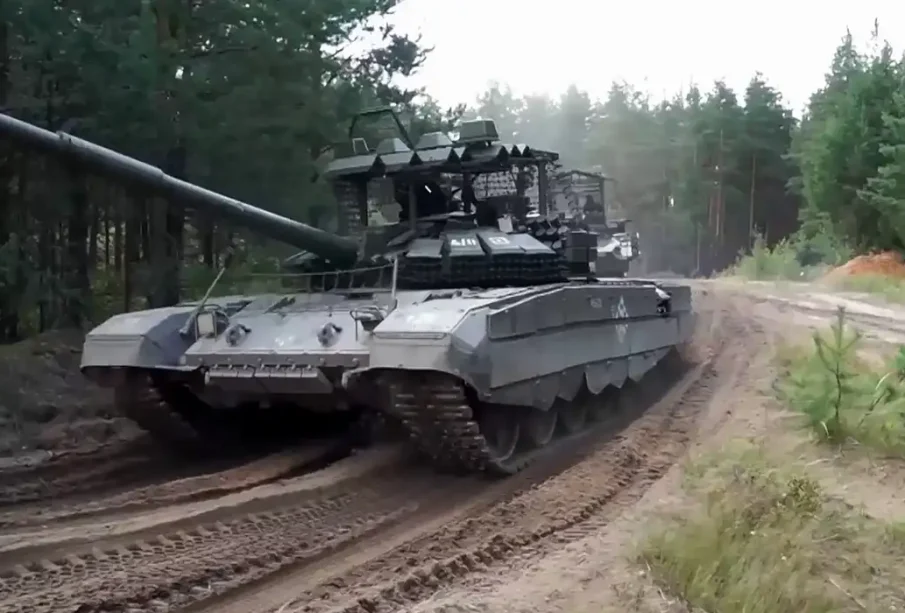Zapad 2025: Understanding the Russian Military Exercise

Introduction
The Zapad 2025 military exercise is set to be one of the most significant displays of Russian military capability in recent years. Conducted every four years, this large-scale joint exercise involves both the Russian Armed Forces and Belarusian military units, highlighting strategic defence planning in the face of evolving geopolitical tensions in Europe and beyond. Understanding the Zapad exercises is crucial for comprehending Russia’s military strategy, regional implications, and the reactions from NATO and surrounding countries.
Details of Zapad 2025
Scheduled for September 2025, Zapad 2025 aims to demonstrate Russia’s military readiness and its ability to conduct extensive operations both offensively and defensively. The exercise will involve thousands of troops, hundreds of pieces of military equipment, and potentially new technologies designed to simulate various combat scenarios. The exercises typically last for several days, featuring maneuver warfare, cyber operations, and anti-terrorism drills.
Zapad 2021 saw similar involvement, with around 200,000 troops across the borders of NATO countries, raising alarms regarding military advancements and potential territorial intentions. With current tensions arising from the conflict in Ukraine, the military exercises present an essential consideration for neighbouring nations concerned about their security and stability.
Geopolitical Context
As Russia increases its military presence near NATO borders, Zapad 2025 is expected to exacerbate existing fears within the alliance. The United States and its European partners have been closely monitoring the situation, as the exercise may serve as a cover for military posturing or other actions deemed aggressive by NATO forces.
NATO has responded to previous Zapad exercises by enhancing its own military readiness in Eastern Europe, triggering a potential arms race. Countries like Poland and the Baltic states have expressed their intent to bolster their defence capabilities in light of the perceived threats from Russia, further complicating an already tense geopolitical landscape.
Conclusion
Zapad 2025 represents a significant moment for international military dynamics, with expansive implications for Poland, the Baltics, and the European security architecture at large. As this major Russian military exercise approaches, the need for diplomatic dialogue is paramount to mitigate misunderstandings that could lead to increased tensions or conflict. Observers must remain vigilant as the situation develops, with forecasts suggesting that the exercise could further sharpen the geopolitical divide between East and West.








